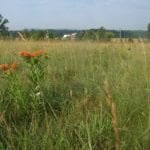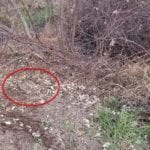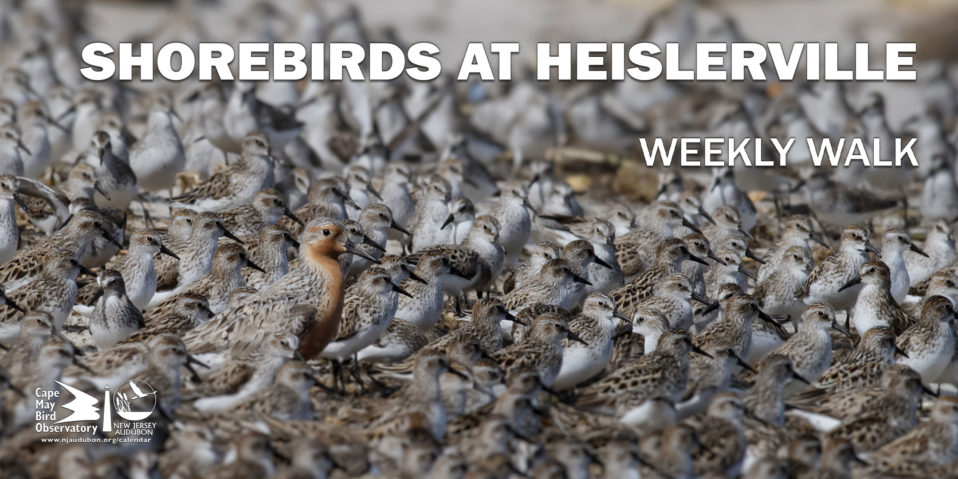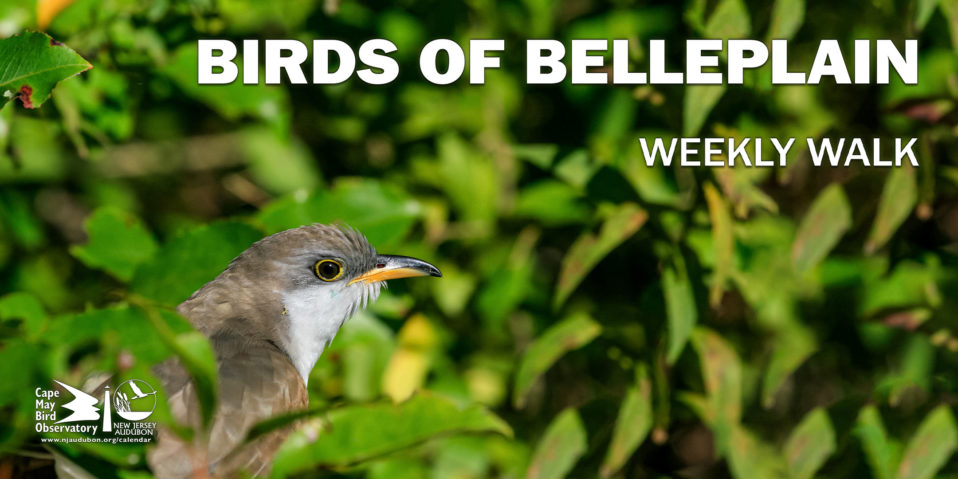New Jersey Audubon Partners with Residents of Old Farm Village of Panther Valley & Allamuchy Environmental Commission for Habitat Beautification/Restoration Project
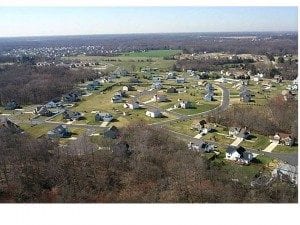
Source Rowan University Geolab
With over 9 million people, New Jersey is the Nation’s most densely populated state. However, despite regulation and better planning urban and suburban areas continue to spread out into rural areas,and with it, additional infrastructure (roads, stormwater areas, impervious surface, etc.). Conversion of land from natural landcover to houses, business and industry is well documented as causing significant, direct, as well as secondary and cumulative, environmental impacts, including habitat loss, pollution and introduction of non-native invasive species. These impacts have been documented in studies and are attributed to species decline, reduction of habitat quality, as well as impacting water resources, soil health, diminished aesthetics and quality of life, as well as property value.
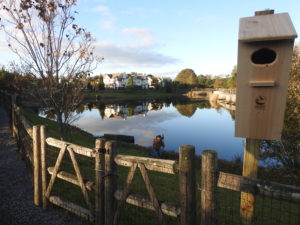
NJA staff digging the hole that is now the home to a new Wood Duck nest box at the Old Farm Village stormwater detention basin. Photo by Charlie Fineran
One community in northwestern NJ is trying to do their part to support wildlife and habitat. Motivated residents of Old Farm Village Condominium Association Community part of Panther Valley of Allamuchy Township have partnered with the Allamuchy Environmental Commission and NJ Audubon to begin a habitat and environmental awareness effort. Old Farm Village Panther Valley residents are seeking to not only help increase the diversity of plants and animals and protect the land, air and water, but also restore native wildlife and plants to beautify stormwater detention and retention areas enhances the community’s overall appearance and desirability.
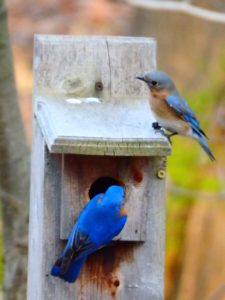
Male and female Eastern Bluebirds choosing a nest box as a place to call home and raise a family. Photo by John Parke
“A Place to Call Home” effort, the brainchild of Old Farm Village Panther Valley resident Sue Ellen Mikowski started out with a simple call to NJ Audubon and Charlie Fineran of the Allamuchy Environmental Commission in the hope to receive and install bluebird nest boxes around a stormwater basin. After a site walkthrough in April 2018 by NJ Audubon and Mr. Fineran, it was obvious that the site offered much more to help not only habitat, but several other factors. The areas around these stormwater basins could be improved through the installation of native wildflowers and nest boxes, which will help water quality and through the birds, help to consume insects that might otherwise be pests, all while enhancing aesthetics for the residents.
“It is increasingly important to understand the potential for conservation practices within residential cluster developed areas,” said John Parke, Stewardship Project Director for NJ Audubon. “Stormwater detention areas are a great place to start in communities like this, because the basins are typically under a conservation easement with this kind of work coinciding with the purpose of the basin. These areas need to be maintained on a regular basis, and they can be a ‘hub’ for the rest of the community to play off of should others wish to perform conservation work on their properties, such as using native vegetation in landscaping, putting up a nest box, conserve water, etc.”
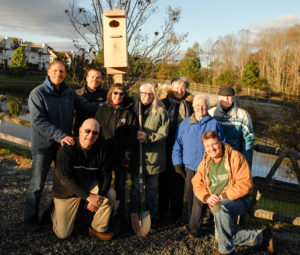
Conservation Catalyst, Sue Ellen Mikowski (center holding shovel), surrounded by other Old Farm residents, NJ Audubon and Allamuchy officials at the project site. Photo by John Lapadula.
As part of the inaugural “A Place to Call Home” event, several Old Farm Village Panther Valley residents, alongside of NJ Audubon, Allamuchy Environmental Commission representative Charlie Fineran, Panther Valley’s General Manager Matt Begley and Allamuchy Mayor Keith DeTombeur installed wood duck and bluebird nesting boxes around a large stormwater detention area at the site. As residents listened to a presentation by Sue Ellen Mikowski and John Parke about the project, one resident came back to the group to donate a bluebird box she owned to also be installed in the area!

Fritillary butterflies enjoy native milkweed growing along side of a stormwater detention basin. Photo by John Parke
“We recognize the challenges we have in the region with water quality, habitat, health and safety, aesthetics and maintenance,” said Old Farm Village Panther Valley resident Sue Ellen Mikowski. “The installation of these nest boxes is just the beginning of an ongoing process of restoration and we are now discussing leaving small portions of the detention basins border to grow with native plants that will provide habitat for birds and butterflies, but will also add color and beauty to these now sterile mowed areas that currently offer nothing more than a food plot for geese. As a community we are part of the habitat and must become aware of ourselves as such and seek to create and maintain a healthy environment. We welcome others in the community to reach out to us to see what they too can do to be a part of this effort.”
Ecological restoration is necessarily an endeavor of public concern, even if it is conducted on privately owned land without public expenditure. The restored ecosystem at the Old Farm Village Panther Valley site provides benefits to the environment well beyond property boundaries. In addition, the work at Old Farm Village Panther Valley, to help restore and enhance the environment, is replicable on other sites across the region which is part of the Delaware River Watershed Initiative (DRWI). These conservation actions follow tested restoration and habitat enhancement methodologies grounded in science and offered through technical assistance from qualified and experienced conservation agencies and organizations.






